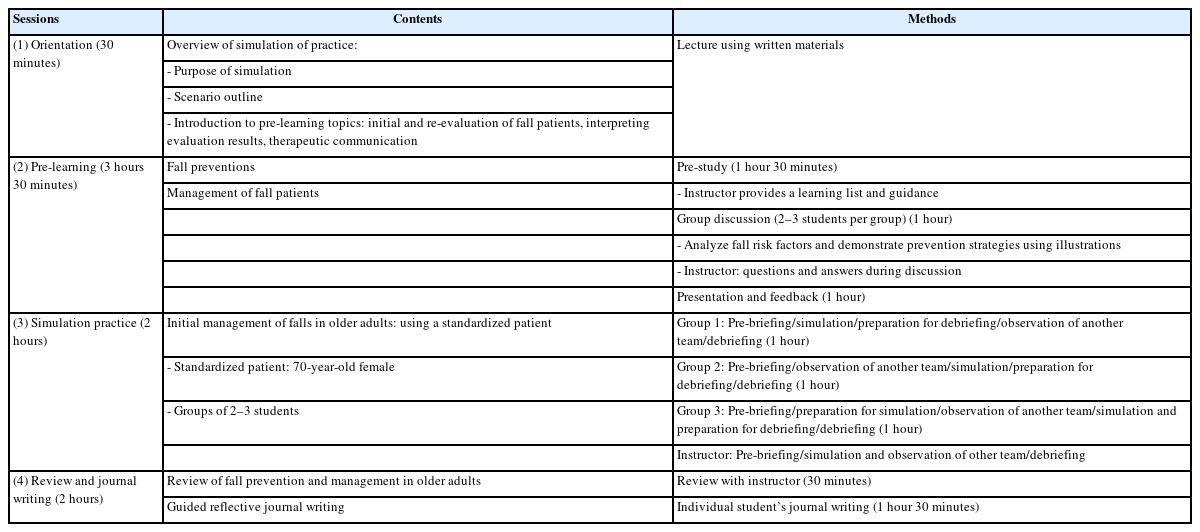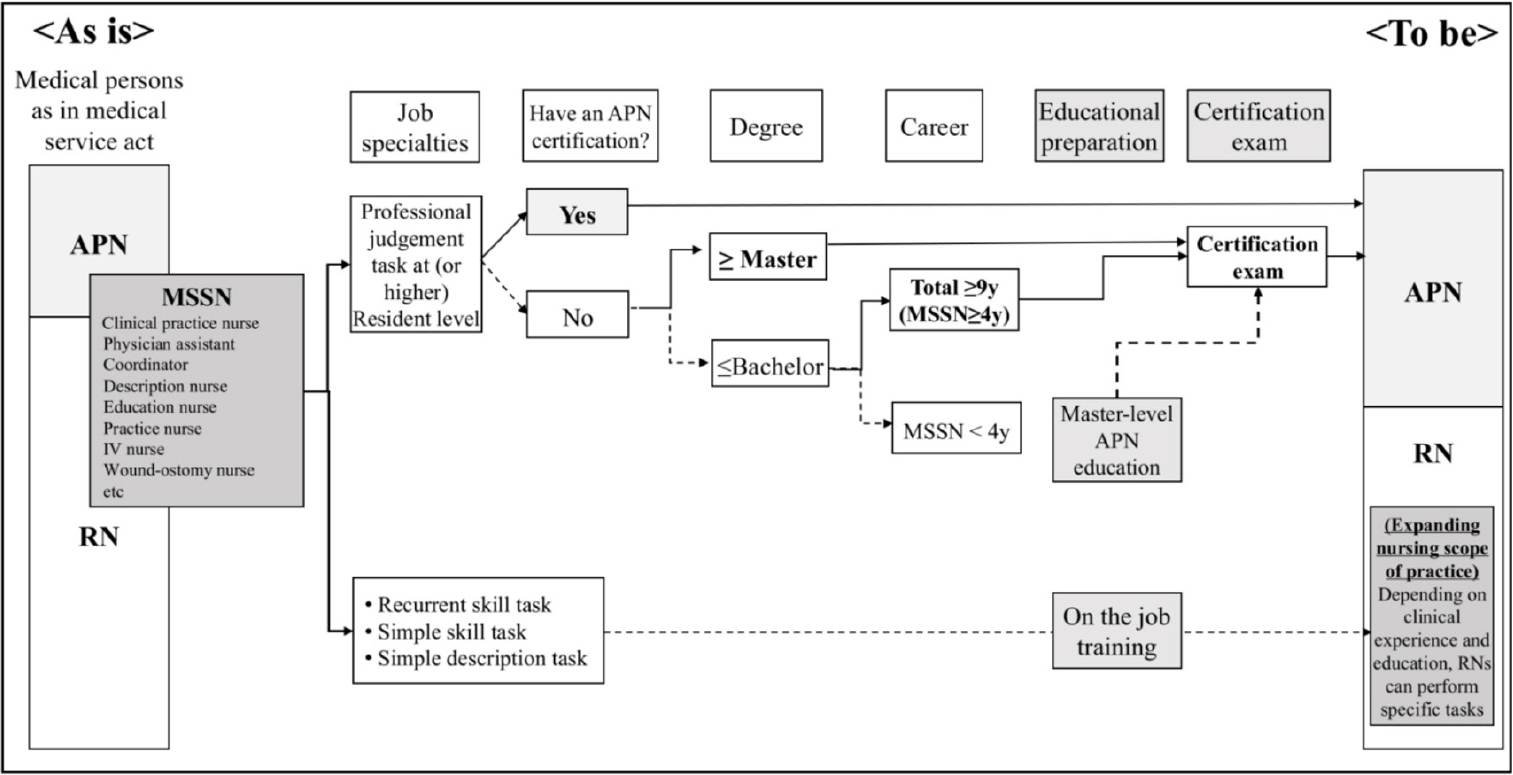Most-cited are based on citations from 2023 ~ 2025.
Citations

Citations

Citations

Citations

Citations

Citations

Citations

Citations

Citations


Citations

Citations

Citations

Citations

Citations

Citations

Citations

Citations

Citations


Citations

Citations

Citations

Citations

Citations

Citations

Citations

Citations

Citations

Citations

Citations

Citations

Citations

Citations

Citations

Citations

Citations


